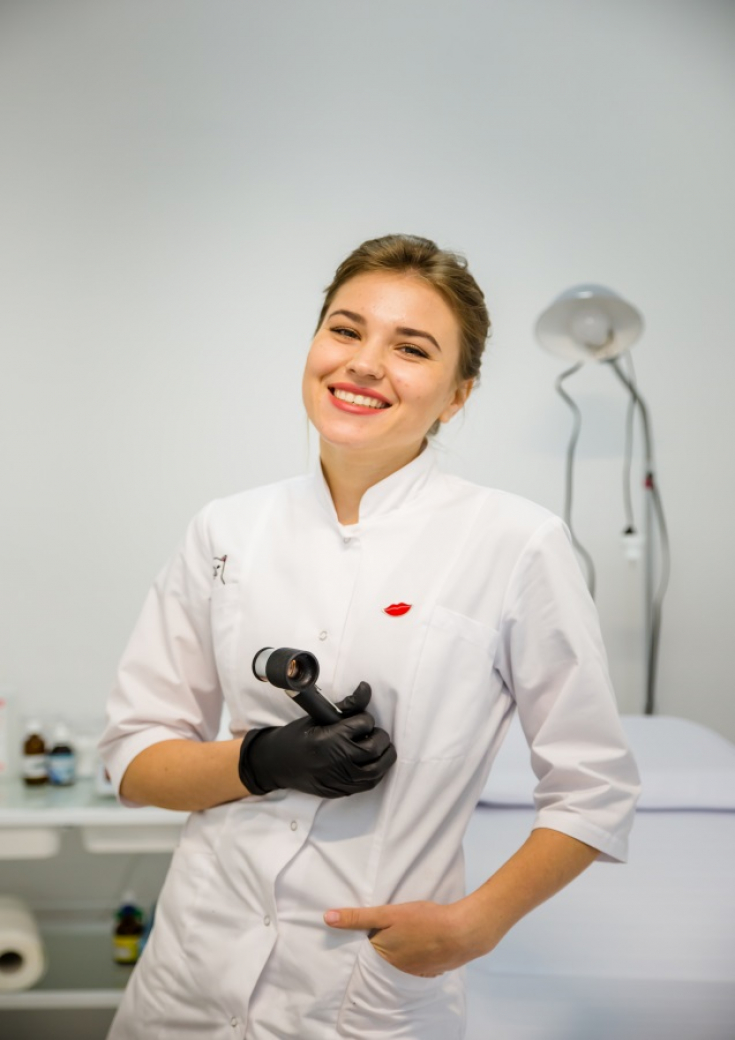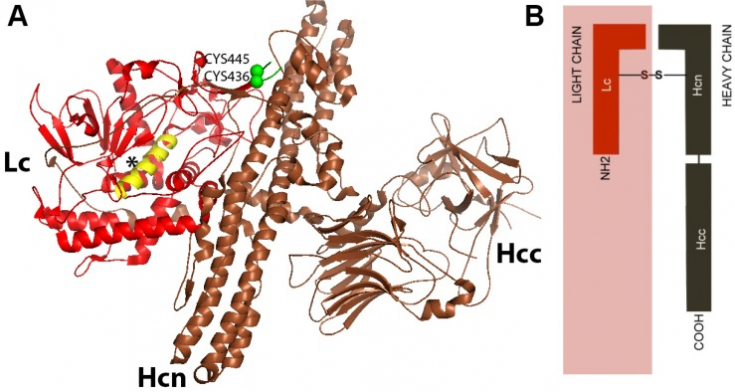Botulinum toxin is one of the most powerful neurotoxins. However, despite this, it has found wide application in medical practice.
This toxin is produced by the bacteria Clostridium botulinum, which can synthesize more than one – and as many as eight of its serotypes, which have significant differences among themselves.
Studying the properties of different serotypes of botulinum toxin makes it possible to better understand the mechanism of action of the most famous of them - botulinum toxin type A.
Exclusively for estet-portal.com Dermatovenereologist, specialist in aesthetic medicine, injector Ruslana Kolesnichenko spoke about the main properties of various serotypes of botulinum toxin.
The main serotypes of botulinum toxin: which is considered the most effective

Today, eight serotypes of botulinum toxin are known (A,B,C1,C2,D,E,F,G), but type A botulinum toxin is considered to be the most potent.
All serotypes differ in their amino acid composition and, as a result, antigenic properties.
Botulinum toxin consists of the neurotoxin itself (150 kDa) and non-toxic proteins that stabilize its molecule.
Among all serotypes, only two (A and B) have been approved for clinical use.
However, only products based on botulinum toxin serotype A, among which BOTOX® is considered the most famous; Allergan, have FDA registrations.
Botulinum toxin: why poison has no analogues among drugs
Mechanism of action of different botulinum toxin serotypes
All botulinum toxin serotypes have a similar mechanism of action. The free part of the toxin, which is released before the reaction, interacts with the proteins that transport acetylcholine, causing their presynaptic blockade.
As a result, the concentration of the neurotransmitter acetylcholine decreases sharply, as a result of which motor neurons are inhibited, and muscle relaxation occurs.

Botulinum Toxin Type A, an example of which is BOTOX®, blocks SNAP-25 – the most active transport protein. Due to this, it is this type of toxin that is most actively used in medicine.
Recently, some experts have argued that perhaps it is worth considering the use of a less powerful and faster drug. However, this opinion is mainly due to the fear of side effects.
Read the latest articles in Telegram!
Structural features of the main botulinum toxin serotypes
All botulinum toxin serotypes are polypeptides associated with other non-toxin proteins, which in some cases may have hemagglutinin properties.
Neurotoxin type A consists of two chains of amino acids: light (Lc) of 448 amino acids, and heavy (Hc) of 848. The remaining serotypes differ mainly in the number and sequence of amino acids in the light chain.
The differences between botulinum toxin serotypes are significant. As a result, botulinum sera do not detoxify other types of toxins. Although there is evidence that cross-neutralization may occur between serotypes C, D, E and F.
Why serotypes A, B and E can be dangerous
In the microbial cell, the active part of botulinum toxin is contained in a complex with the protoxin – thermolabile precursor protein, the main task of which is – toxin protection. It is broken down by the proteolytic enzymes that the bacteria themselves contain.

However, bacterial strains of types A, B and E do not contain these hydrolases, as a result of which protein degradation occurs in the human intestine under the action of pancreatic enzymes. This is the reason for the role of these toxin serotypes in the occurrence of foodborne botulism.
The amino acid composition of botulinum toxin causes its high surface activity, due to which it instantly penetrates through numerous membranes of the body.
Thus, the study of differences in botulinum toxin serotypes will allow in the future to better understand the mechanisms of their action and use them with even greater benefit for patients.
Original drugs of the company "Allergan" You can only purchase from an authorized distributor.
World-class research: higher doses of BOTOX®









Add a comment